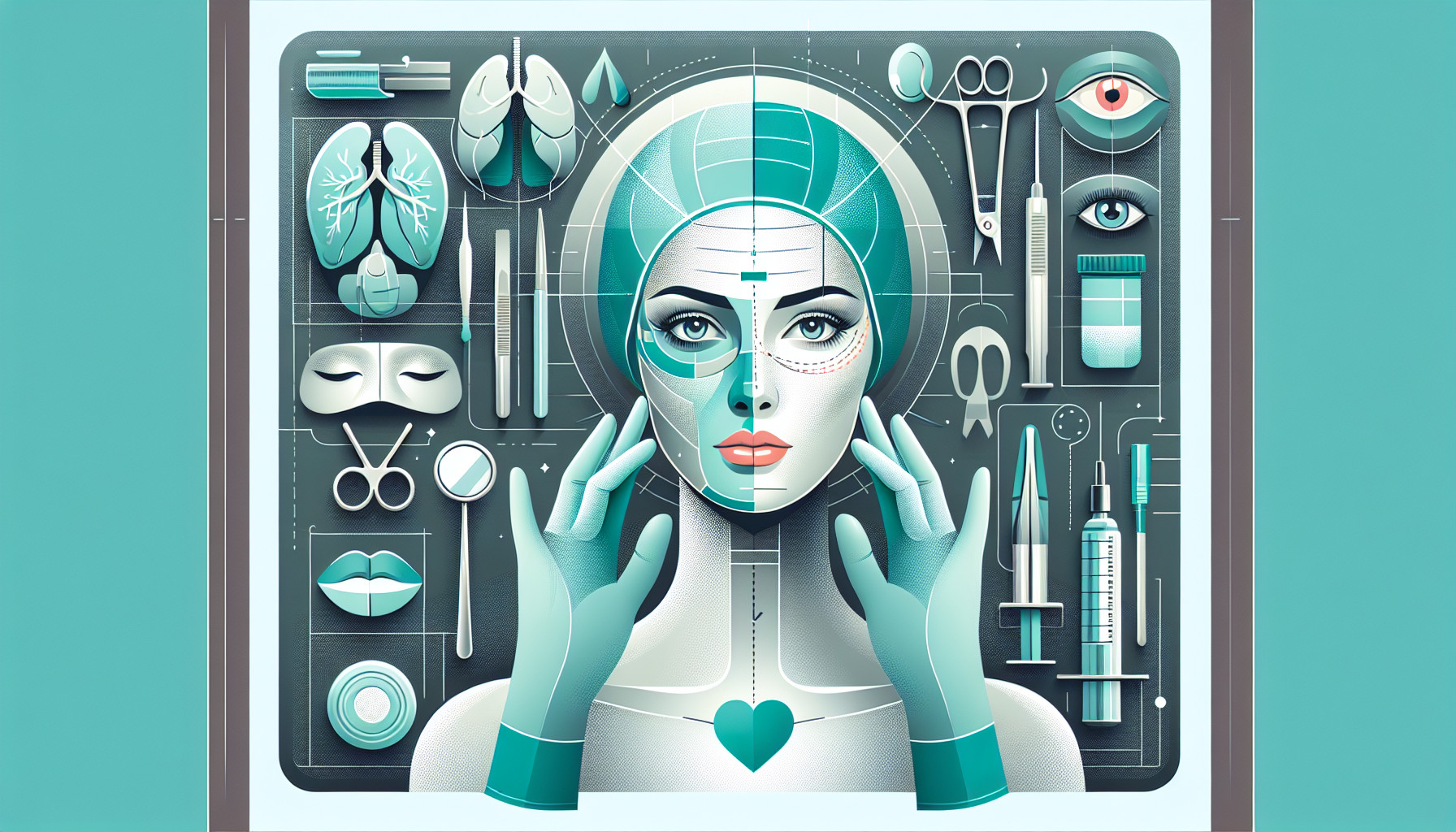Our Summary
This research study aimed to find out how often eye surgeons who perform lower eyelid surgeries (lower blepharoplasties) experience patients having double vision (diplopia) for more than one week after the operation. To do this, the researchers sent out a 13-question survey to members of the American Society of Ophthalmic Plastic and Reconstructive Surgery.
Out of 703 members, 371 responded to the survey. Among those who responded, approximately 23% reported having at least one patient who experienced persistent double vision after the operation. When looking at the data from these cases, the researchers found that different muscles in the eye were affected in different cases. In most cases, the double vision was due to muscle weakness (paretic) or muscle stiffness (restrictive).
In some patients, the double vision persisted when looking straight ahead, in others, it only occurred when looking in certain directions, and in the majority, it went away completely.
The study concluded that there is a significant chance of patients having double vision lasting over a week after lower eyelid surgery. The results suggest that this issue may be more common than what is typically reported in medical studies.
FAQs
- What was the aim of the research study on lower eyelid surgeries (lower blepharoplasties)?
- What percentage of surgeons reported their patients experienced persistent double vision after the operation?
- What were the common causes of double vision after lower eyelid surgery according to the study’s findings?
Doctor’s Tip
A helpful tip a doctor might tell a patient about blepharoplasty is to be aware that there is a risk of experiencing double vision after the surgery, especially in the lower eyelid area. Patients should discuss this potential side effect with their surgeon and follow all post-operative instructions carefully to minimize the risk of complications. If double vision does occur, it is important to report it to the surgeon immediately for proper evaluation and management.
Suitable For
Patients who are typically recommended blepharoplasty are those who have excess skin or fat in the upper or lower eyelids, causing drooping or puffiness. This can be due to aging, genetics, or other factors. It is important for patients to have realistic expectations about the outcome of the surgery and to be in good overall health. Additionally, patients should have a thorough consultation with a qualified surgeon to determine if they are a good candidate for the procedure.
Timeline
Before the blepharoplasty:
- Patient consults with ophthalmic surgeon to discuss concerns about droopy or puffy eyelids.
- Surgeon evaluates patient’s medical history and performs a physical examination to determine if they are a good candidate for blepharoplasty.
- Patient receives pre-operative instructions and prepares for the surgery, including avoiding certain medications and following a specific diet.
- Surgery is performed, typically under local anesthesia, and may involve removing excess skin, fat, or muscle from the eyelids.
- Patient is monitored in the recovery room and then discharged with post-operative care instructions.
After the blepharoplasty:
- Patient may experience some swelling, bruising, and discomfort in the first few days after surgery.
- Patient follows post-operative care instructions, including applying cold compresses, taking prescribed medications, and avoiding strenuous activities.
- Patient attends follow-up appointments with the surgeon to monitor healing and address any concerns.
- Patient may experience temporary changes in vision, such as blurred or double vision, as the eyes adjust to the changes in the eyelids.
- Patient’s vision gradually improves as swelling goes down and the eyes heal, typically within a few weeks to months.
- Patient enjoys the final results of the blepharoplasty, with a rejuvenated appearance and improved vision if droopy eyelids were affecting their sight.
What to Ask Your Doctor
Questions a patient should ask their doctor about blepharoplasty in light of this study:
- What is the likelihood of experiencing double vision after lower eyelid surgery?
- How long does double vision typically last after the procedure?
- What can be done to minimize the risk of experiencing double vision?
- How will double vision be treated if it occurs after the surgery?
- Are there specific factors that increase the risk of developing double vision after blepharoplasty?
- What symptoms should I watch out for that may indicate a problem with my vision post-surgery?
- Are there any specific exercises or treatments that can help alleviate double vision if it occurs?
- What is the overall success rate for treating double vision following lower eyelid surgery?
- How will my surgeon address any complications or concerns related to double vision post-surgery?
- Is there anything I can do before or after the surgery to reduce the risk of developing double vision?
Reference
Authors: Becker BB. Journal: J AAPOS. 2020 Dec;24(6):363.e1-363.e4. doi: 10.1016/j.jaapos.2020.07.017. Epub 2020 Nov 25. PMID: 33246110
